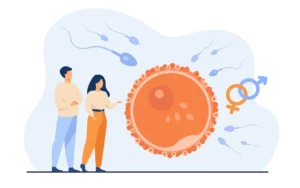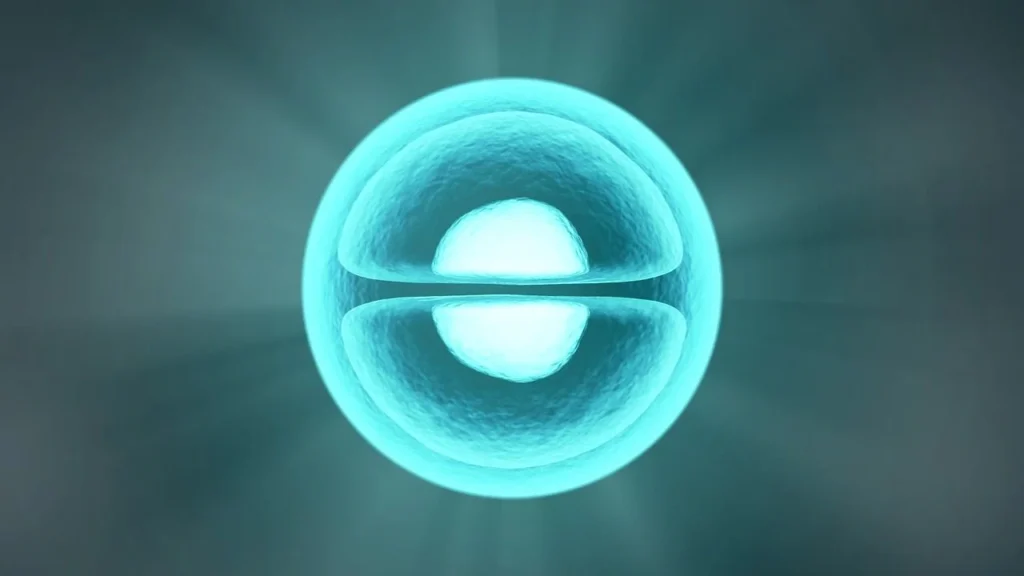Ovarian Rejuvenation

It is a fact that, a woman is born with millions of Oocyte in her ovaries and as she grows up the egg supply declines in number and in quality as well. It seems quite impossible to develop new eggs in the ovaries naturally. But, according to the recent researches, it is possible to regenerate new eggs with the help of patient’s blood cells. Blood cells have growth factors which help to heal various types of injuries in the body. Growth factors can stimulate the growth of new blood vessels, nerve and connective tissues by the activation of Stem Cells. And stem cells have a power of regeneration.
Ovarian Rejuvenation Procedure
Ovarian rejuvenation can be done on anytime on women with or without menstruation cycle. The procedure has two steps:
Step 1:
The First step is to isolate the PRP (Platelet-rich plasma), Preparation of PRP begins with the insertion of a needle into the vein in order to get blood in the test tubes. Platelets and White blood cells (WBCs) are separated from the red blood cells (RBCs) and serum by centrifugation process which takes approximately one hour to prepare PRP.Step 2:
The Second step is Administration of PRP into Ovaries, under an intravenously administered anaesthesia. The isolated PRP (supplied with protein-rich growth factor and stem cell chemoattractants) is injected into the ovaries specifically in the cortical tissue of the patient with the help of transvaginal ultrasound.Ovarian Rejuvenation has the utmost benefit that it gives a chance to women to become pregnant from her own eggs naturally and also helps in improvement in hormone levels.




















